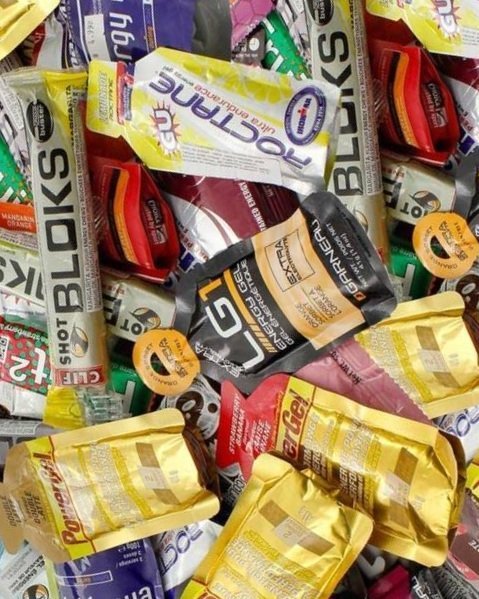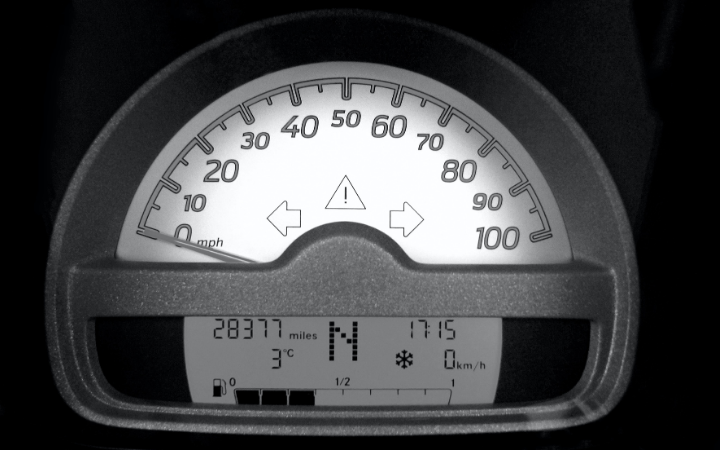
Basics of Fueling Strategy
By Coach Adolfo Salgueiro
When I started running marathons back in the early 1980s, the only fueling strategy available to most weekend warriors was to drink enough water so you wouldn’t dehydrate. Yes, I know. This is not a fueling strategy. But consuming calories during a race was not a thing back then. The most calories I consumed during a marathon were when a friend handed me oranges al mile 15 or my girlfriend waited with a sugary lemonade around Mile 21. No wonder I hit the wall every time.

Carbohydrates with a bit of protein is still the pre race day preferred meal (Photo: Engyn Akyurt, Pexels)
But both science and the running consumer goods industry have developed exponentially in the last 4 decades. Not only do we know that the average body doesn’t have enough resources (beyond fat if you have trained to properly tap into it) to last you 26.2 miles, but we also have dozens of products to assist us on which calories should be consumed and when.
Although fueling consists of both Hydration and calorie intake, this post is only addressing the latter. Hydration was referred to in a previous post, “Hydration Basics for Runners”, which you can read by clicking here.
Despite the average body having enough fat stored to run over 1000 miles, and the first known 100-miler without fueling was recorded just a few months ago, most runners are not trained to run on fat as their prime fuel source. So, we depend on glycogen, of which we have a finite amount, around 2000 calories, which is needed to fuel everything, not just your running muscles, so it is insufficient to last a marathon.
When it comes to fueling, it is not just about the gels you will consume in your race. There are four distinctive phases you need to address. From the list below, the “During Race” segment is not intended for 5K or 10k efforts, as an average well-nourished and well hydrated body should have plenty of resources for those distances. While most intermediate and advanced runners should be able to complete a half marathon with no additional fuel, it isn’t required, either. But when you go for a marathon or an ultra, you must fuel the body, so your tank won’t deplete, and you won’t hit the wall. And yes, it is like hitting aa actual wall.
DAY BEFORE RACE – By this time you should know what works and what doesn’t work for you. As healthy as a big bowl of salad may be, consuming all that fiber right before a race may not be a clever idea. Complex carbs and protein are usually what work best. Fatty foods should be avoided, same as simple carbs. The carbs in a bag of Doritos will be burned way before you need them at the race and are crap. It is obvious that your pre-race fueling strategy is not just a dinner thing, but a full day affair if not a full week one. Also, please, you need to dine at a time that will allow enough time to digest it. Last thing you want is compromising your digestion within hours of the starting gun.
PRE-RACE – Your body consumes glycogen and other resources just by being alive. The brain, the liver, the beating heart, etc. need energy to perform their duties. So, to get to the starting line with your tank topped off you need to replenish whatever was consumed during the night, if you have a morning race, or during the day for an afternoon affair. You can certainly run short races in a fasting state, but when it comes to a half and beyond, why would you start with your tank at 70-75% when you can do so at 98 or 99%? Carbohydrates and a touch of protein is the way to go. And, as usual, this must be perfected during training. Don’t wait until race morning to try it out.

Chocolate milk is the post-race refueling product by excellence. This is my favorite brand.
DURING RACE – Fueling strategy is as personal as your choice in running shoes. It is what works for you, not for your friend. Your fueling strategy on race day is the execution of the plan you’ve already perfected during training. So, apply it! Mile 20 is not the time to figure out a caffeinated gel will send you to the port-a-potty, or that you can’t stomach a 5th serving. Fueling also includes replenishing electrolytes either though a product you already know, trust and you carry yourself, or through whatever your race is serving. Personally, I don’t advise relying on the availability of Gatorade in a race. After you’ve invested so much time, money, emotion and effort on your race, better carry what you’ll need and know works for you.
AFTER RACE – Once your race is over, it is time to splurge, sure, but don’t rehydrate with alcohol and junk food. That comes later. Both carbs and protein need to be consumed as soon as possible to replenish and start the muscle repair process right away. Chocolate milk is the recovery drink for excellence. This is the day to go crazy. Have all the extra beer you want, that fatty burger you passed on during training or go for the entire pizza instead of just a couple of slices. But please do so after you’ve taken care of your initial post-race care recovery.
Now, go for that half or marathon PR!










